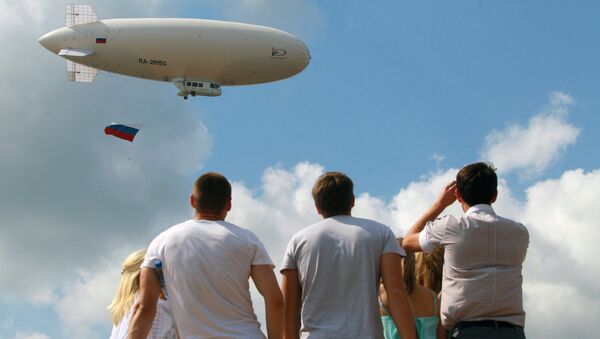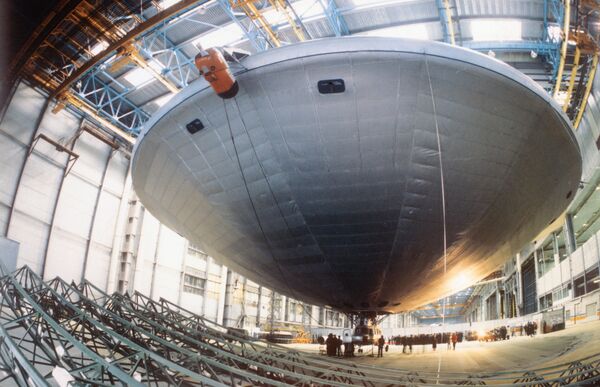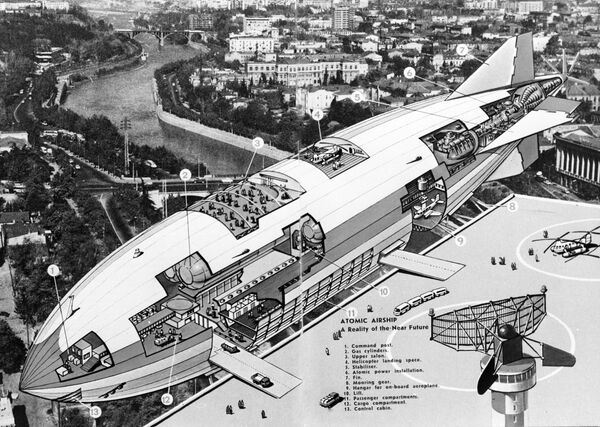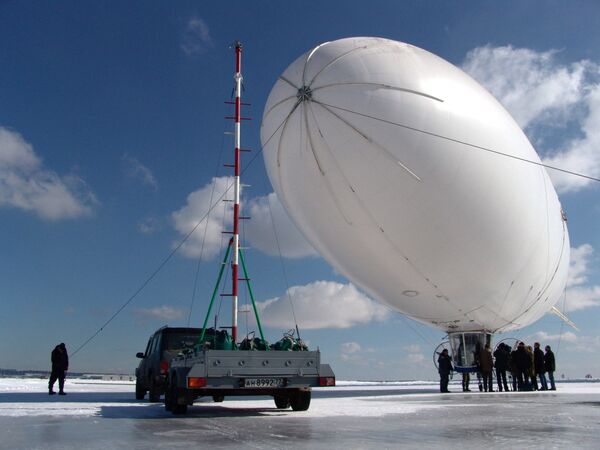The US military's $1.4 billion unmanned, stationary surveillance blimp, manufactured by Raytheon, crashed in the state of Pennsylvania after a multi-state pursuit. The blimp disaster also knocked out power for 21,000 people in the process.
In Russia, the mighty vessels still rein, and development of the ships continues for both military and civilian purposes.
1. Global Reach
While planes have the benefit of speed and helicopters can land practically anywhere, airships have much more affordable fuel costs, and their soaring majesty has inspired the imagination of people across the world.
Although most travel at speeds below 160 kilometers (100 miles) per hour, they can be used as affordable means of transportation for hard-to-reach places because of relatively low fuel costs. Airships do require mooring space and cannot land in stormy weather, but on a large enough scale they may change transportation as a cheaper alternative to cars.
2. Arctic Domination
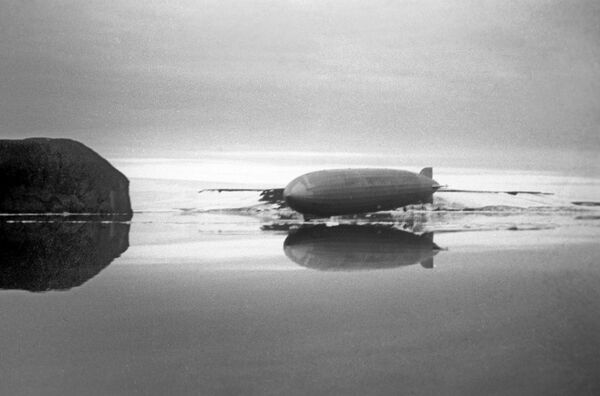
Airships have soared in the arctic skies since 1926, when Italy's Norge airship brought the first humans to the North Pole. While early airships crashed as a result of poor weather in the Arctic and overly ambitious plans, later flights by behemoths such as the Graf Zeppelin proved that the Arctic is safe for airships.
New airships have potential uses as reconnaissance vehicles with considerably greater flight time than drones and greater stability thanks to their non-rigid structure. China recently announced that it began testing that type of airship for stealth offshore reconnaissance.
3. Heavy Lifting
The heavy lifting airship was under development in Russia's Ulyanovsk since the early 1990s. The project was scrapped in 2012, however, after the company, Lokomosky, didn't manage to produce a working model of the airship and the regional government stopped funding it.
The flying saucer-like airship had sides inflated with hot air, which could support large freights and at the same time prevent the airship from flying into the stratosphere once the cargo is released. The airship, or thermoplane as it came to be called, never flew as a result of structural issues that would not allow hot air to fill the airship, the chairman of airship manufacturer RosAeroSystems told Rossiyskaya Gazeta at the time.
4. Nuclear Power
Nuclear-powered airships have the benefits of virtually unlimited flight range and relatively low fuel use. The idea was floated by Soviet engineers in the 1960s and 1970s, although competition with airplane and helicopter designers grounded the idea outside of popular science magazines.
The airships may soar again though, as their abilities, together with potential for use in Russia's sparsely populated yet resource-rich north and east could provide reliable transportation for local residents and industries.
5. Military Use
Both Russia and China have been developing large airships for potential military use, although Russia sees more uses for it than just reconnaissance. Airship manufacturer Augur-RosAeroSystems recently announced that it would be making the Atlant, which would be the biggest airship in decades, by 2018.
Russia's defense ministry has also been interested in the airship, which would carry up to 16 tons of cargo, as well as a ballast for weight control.
